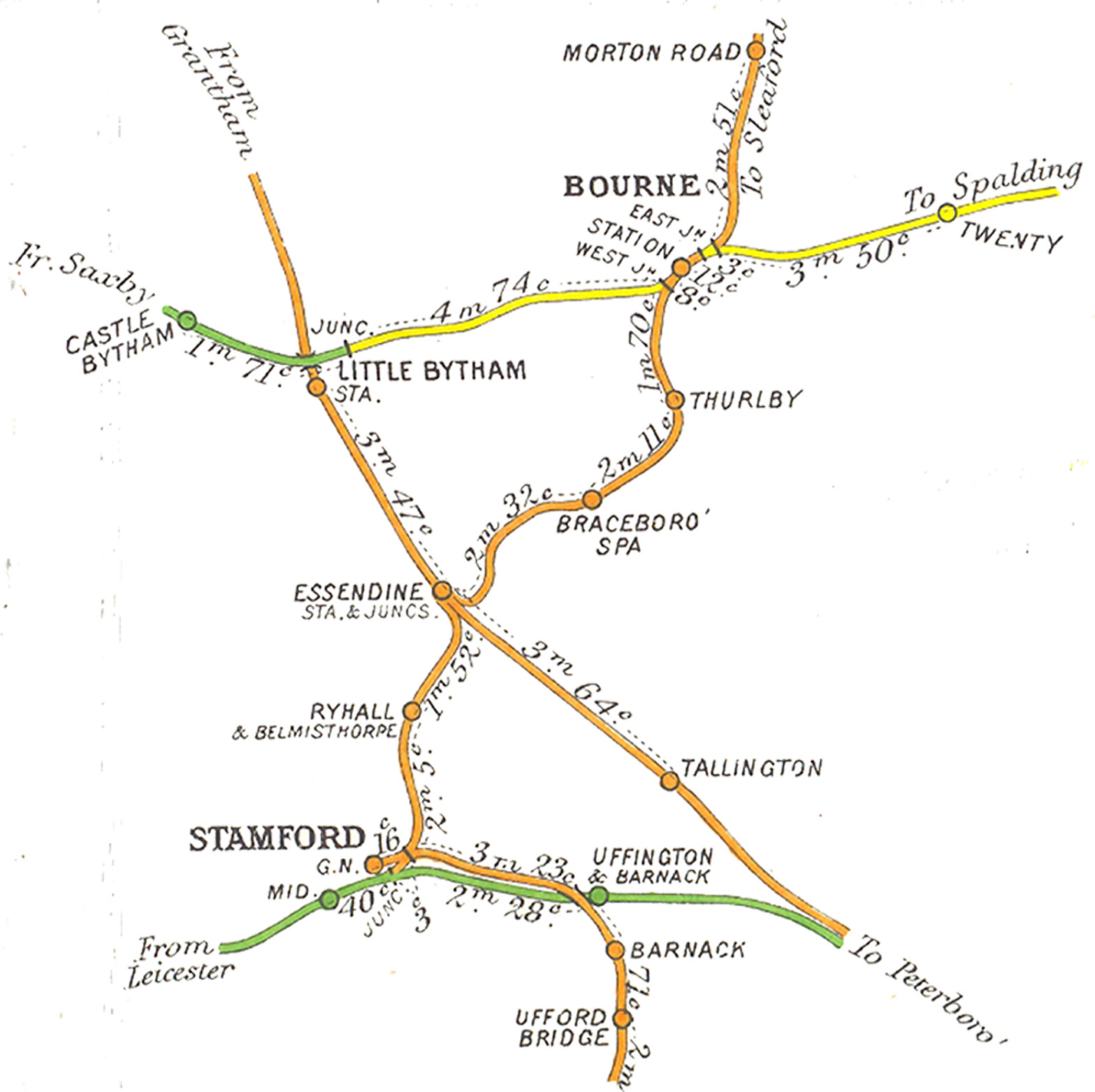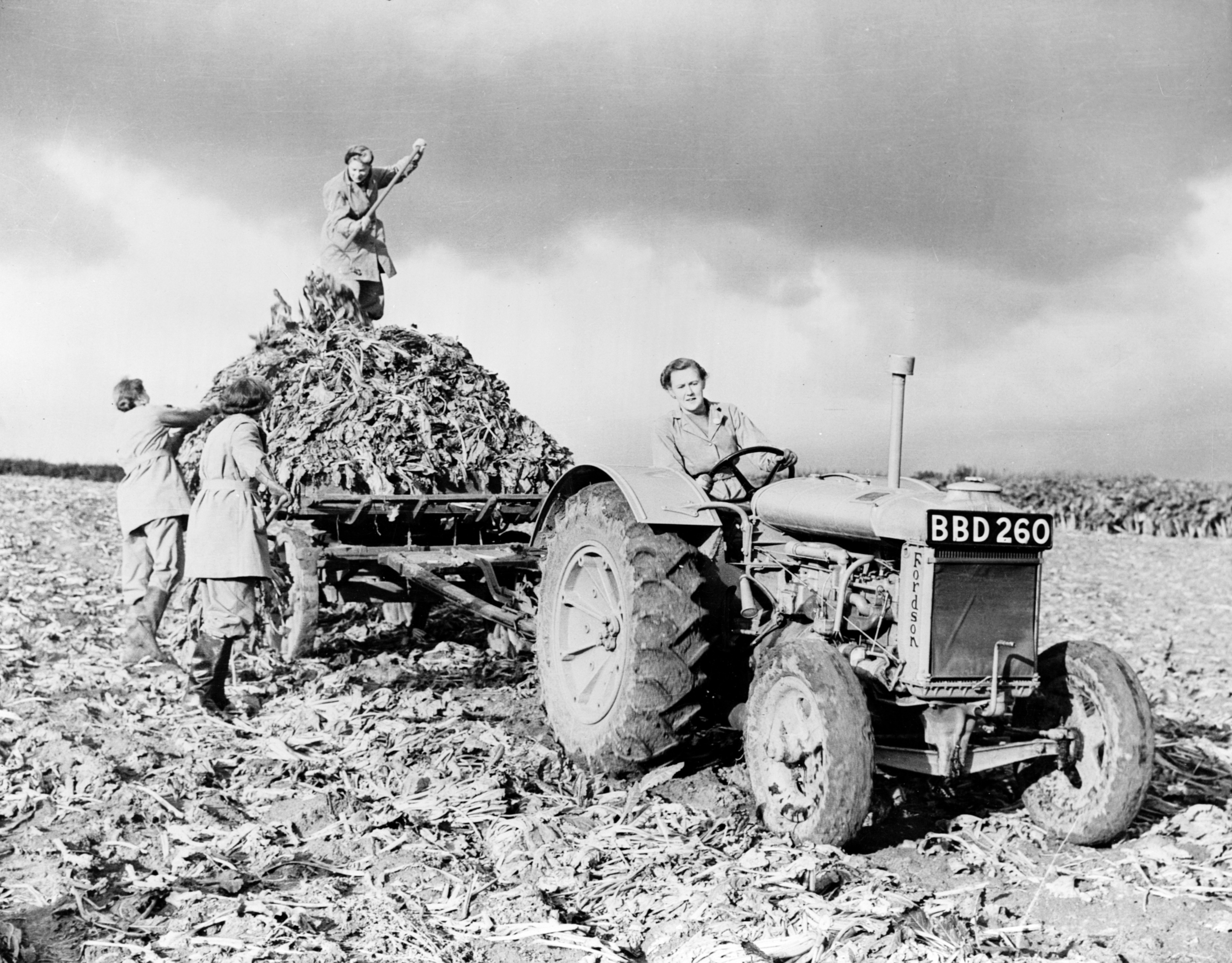|
Braceborough
Braceborough is a village in the South Kesteven district of Lincolnshire, England. It is situated off the Stamford to Bourne A6121 road, just west of the A15 as it runs between Market Deeping and Bourne. It forms part of the Civil Parish of Braceborough and Wilsthorpe. The ecclesiastical parish has equivalent boundaries to the civil parish. It is part of the Uffington Group in the Aveland & Ness with Stamford Deanery of the Diocese of Lincoln. The incumbent is Rev Carolyn Kennedy. The Grade I listed Anglican parish church is dedicated to St Margaret. It was almost entirely rebuilt in 1837.Cox, J. Charles (1916) ''Lincolnshire'' pp. 77-78; Methuen & Co. Ltd During the Second World War Braceborough Hall housed elements of the Women's Land Army; it is now a retirement home. Braceborough Spa Near Braceborough is Braceborough Spa which had its own railway station, Braceborough Spa Halt, on the independent Essendine to Bourne Railway. It became part of Great Northern Rail ... [...More Info...] [...Related Items...] OR: [Wikipedia] [Google] [Baidu] |
Braceborough And Wilsthorpe
Braceborough and Wilsthorpe is a civil parish in the South Kesteven district of Lincolnshire, England. Braceborough and Wilsthorpe are less than apart, separated by the East Glen River. Braceborough and Wilsthorpe are located between the A6121 road, which goes from Stamford to Bourne, and the A15, this links Bourne and Market Deeping. It is approximately north-west from its nearest city, Peterborough. Before the 1930s Braceborough and Wilsthorpe were separate parishes but in 1931 the two were dissolved and joined together to form today's civil parish. History Both Braceborough and Wilsthorpe are found in the 1086 ''Domesday Book''. Braceborough varies in spelling as "Braseborg," "Breseburc" and Breseburg, whereas Wilsthorpe is spelt "Wivelestorp". At the time of ''Domesday'', Wilsthorpe contained 20 households, and Braceborough, 13.5. Wilsthorpe households contained 10 villagers and 10 freemen; Braceborough had 6 villagers and 17 freemen. Both villages were classed as medi ... [...More Info...] [...Related Items...] OR: [Wikipedia] [Google] [Baidu] |
Braceboro Spa Railway Station
Braceborough Spa railway station was a station in Braceborough Spa, Lincolnshire on the Bourn and Essendine Railway between Essendine and Bourne Bourne may refer to: Places UK * Bourne, Lincolnshire, a town ** Bourne Abbey ** Bourne railway station * Bourne (electoral division), West Sussex * Bourne SSSI, Avon, a Site of Special Scientific Interest near Burrington, North Somerset * Bourne .... It was closed in 1951, along with the rest of the line. References External linksBraceborough Spa Halt on navigable 1946 O.S. map Disused railway stations in Lincolnshire Former Great Northern Railway stations Railway stations in Great Britain opened in 1860 Railway stations in Great Britain closed in 1951 {{Lincolnshire-railstation-stub ... [...More Info...] [...Related Items...] OR: [Wikipedia] [Google] [Baidu] |
South Kesteven
South Kesteven is a Non-metropolitan district, local government district in Lincolnshire, England, forming part of the traditional Kesteven division of the county. It covers Bourne, Lincolnshire, Bourne, Grantham, Market Deeping and Stamford, Lincolnshire, Stamford. The 2011 census reports 133,788 people at 1.4 per hectare in 57,344 households. The district borders the counties of Cambridgeshire, Leicestershire, Northamptonshire, Nottinghamshire and Rutland. It is also bounded by the Lincolnshire districts of North Kesteven and South Holland, Lincolnshire, South Holland. History The district was formed on 1 April 1974, under the Local Government Act 1972, from the municipal boroughs of Grantham and Stamford, along with Bourne Urban District, South Kesteven Rural District, and West Kesteven Rural District. Previously the district was run by Kesteven County Council, based in Sleaford. Geography South Kesteven borders North Kesteven to the north, as far east as Horbling, where the ... [...More Info...] [...Related Items...] OR: [Wikipedia] [Google] [Baidu] |
Spa Towns In England
A spa is a location where mineral-rich spring water (and sometimes seawater) is used to give medicinal baths. Spa towns or spa resorts (including hot springs resorts) typically offer various health treatments, which are also known as balneotherapy. The belief in the curative powers of mineral waters goes back to prehistoric times. Such practices have been popular worldwide, but are especially widespread in Europe and Japan. Day spas and medspas are also quite popular, and offer various personal care treatments. Origins of the term The term is derived from the name of the town of Spa, Belgium, whose name is known from Roman times, when the location was called ''Aquae Spadanae'', sometimes incorrectly connected to the Latin word ''spargere'' meaning to scatter, sprinkle or moisten. Since medieval times, illnesses caused by iron deficiency were treated by drinking chalybeate (iron-bearing) spring water (in 1326, the iron-master Collin le Loup claimed a cure,Medical Hydrology, Si ... [...More Info...] [...Related Items...] OR: [Wikipedia] [Google] [Baidu] |
Villages In Lincolnshire
A village is a clustered human settlement or community, larger than a hamlet but smaller than a town (although the word is often used to describe both hamlets and smaller towns), with a population typically ranging from a few hundred to a few thousand. Though villages are often located in rural areas, the term urban village is also applied to certain urban neighborhoods. Villages are normally permanent, with fixed dwellings; however, transient villages can occur. Further, the dwellings of a village are fairly close to one another, not scattered broadly over the landscape, as a dispersed settlement. In the past, villages were a usual form of community for societies that practice subsistence agriculture, and also for some non-agricultural societies. In Great Britain, a hamlet earned the right to be called a village when it built a church. [...More Info...] [...Related Items...] OR: [Wikipedia] [Google] [Baidu] |
Victorian Era
In the history of the United Kingdom and the British Empire, the Victorian era was the period of Queen Victoria's reign, from 20 June 1837 until her death on 22 January 1901. The era followed the Georgian period and preceded the Edwardian period, and its later half overlaps with the first part of the '' Belle Époque'' era of Continental Europe. There was a strong religious drive for higher moral standards led by the nonconformist churches, such as the Methodists and the evangelical wing of the established Church of England. Ideologically, the Victorian era witnessed resistance to the rationalism that defined the Georgian period, and an increasing turn towards romanticism and even mysticism in religion, social values, and arts. This era saw a staggering amount of technological innovations that proved key to Britain's power and prosperity. Doctors started moving away from tradition and mysticism towards a science-based approach; medicine advanced thanks to the adoption ... [...More Info...] [...Related Items...] OR: [Wikipedia] [Google] [Baidu] |
Great Northern Railway (Great Britain)
The Great Northern Railway (GNR) was a British railway company incorporated in 1846 with the object of building a line from London to York. It quickly saw that seizing control of territory was key to development, and it acquired, or took leases of, many local railways, whether actually built or not. In so doing, it overextended itself financially. Nevertheless, it succeeded in reaching into the coalfields of Nottinghamshire, Derbyshire and Yorkshire, as well as establishing dominance in Lincolnshire and north London. Bringing coal south to London was dominant, but general agricultural business, and short- and long-distance passenger traffic, were important activities too. Its fast passenger express trains captured the public imagination, and its Chief Mechanical Engineer Nigel Gresley became a celebrity. Anglo-Scottish travel on the East Coast Main Line became commercially important; the GNR controlled the line from London to Doncaster and allied itself with the North Ea ... [...More Info...] [...Related Items...] OR: [Wikipedia] [Google] [Baidu] |
Essendine
Essendine is a village and civil parish at the eastern end of the county of Rutland in the East Midlands of England, located 5 miles (7 km) north of Stamford, Lincolnshire, Stamford and 6 miles (10 km) south of Bourne, Lincolnshire, Bourne. The population of the civil parish at the 2011 census was 448. It lies on the River Glen, Lincolnshire, West Glen, close by the earthworks of a small castle. The village's name means 'valley of Esa'. Geology Most of the village is on Blisworth Limestone or Upper Estuarine Series geology, though the church and castle are on river alluvium. In the parish generally, the soils are shallow and well drained with limestone brash. There is some clay which is naturally rather poorly drained and occasionally waterlogged. It produces the wheat, barley, sugar beet and some potatoes usual in eastern England Buildings The small church has a notable Norman architecture, Norman tympanum (architecture), tympanum over its south door. It is built within the r ... [...More Info...] [...Related Items...] OR: [Wikipedia] [Google] [Baidu] |
Women's Land Army
The Women's Land Army (WLA) was a British civilian organisation created in 1917 by the Board of Agriculture during the First World War to bring women into work in agriculture, replacing men called up to the military. Women who worked for the WLA were commonly known as Land Girls (Land Lassies). The Land Army placed women with farms that needed workers, the farmers being their employers. The women picked crops and did all the jobs that the men had done. Notable members include Joan Quennell, later a Member of Parliament, the archaeologist Lily Chitty and the botanist Ethel Thomas. It was disbanded in 1919 but revived in June 1939 under the same name to again organise women to replace workers called up to the military during the Second World War. History First World War The Women's Farm and Garden Union had existed since 1899 and in February 1916 they sent a deputation to meet Lord Selborne. Selborne's Ministry of Agriculture agreed to fund a Women’s National Land Service ... [...More Info...] [...Related Items...] OR: [Wikipedia] [Google] [Baidu] |
Margaret The Virgin
Margaret, known as Margaret of Antioch in the West, and as Saint Marina the Great Martyr ( grc-gre, Ἁγία Μαρίνα) in the East, is celebrated as a saint on 20 July in the Western Rite Orthodoxy, Roman Catholic Church and Anglicanism, on 17 July (Julian calendar) by the Eastern Orthodox Church and on Epip 23 and Hathor (month), Hathor 23 in the Coptic Orthodox Church of Alexandria. She was reputed to have promised very powerful indulgences to those who wrote or read her hagiography, life, or invoked her intercessions; these no doubt helped the spread of her following. Margaret is one of the Fourteen Holy Helpers, and is one of the saints Joan of Arc claimed to have spoken with. Hagiography According to a 9th-century martyrology of Rabanus Maurus, she suffered at Antioch in Pisidia (in what is now Turkey) in around 304, during the Diocletianic Persecution, Diocletianic persecution. She was the daughter of a pagan priest named Aedesius. Her mother having died soon after ... [...More Info...] [...Related Items...] OR: [Wikipedia] [Google] [Baidu] |
Anglican
Anglicanism is a Western Christian tradition that has developed from the practices, liturgy, and identity of the Church of England following the English Reformation, in the context of the Protestant Reformation in Europe. It is one of the largest branches of Christianity, with around 110 million adherents worldwide . Adherents of Anglicanism are called ''Anglicans''; they are also called ''Episcopalians'' in some countries. The majority of Anglicans are members of national or regional ecclesiastical provinces of the international Anglican Communion, which forms the third-largest Christian communion in the world, after the Roman Catholic Church and the Eastern Orthodox Church. These provinces are in full communion with the See of Canterbury and thus with the Archbishop of Canterbury, whom the communion refers to as its '' primus inter pares'' (Latin, 'first among equals'). The Archbishop calls the decennial Lambeth Conference, chairs the meeting of primates, and is the ... [...More Info...] [...Related Items...] OR: [Wikipedia] [Google] [Baidu] |








